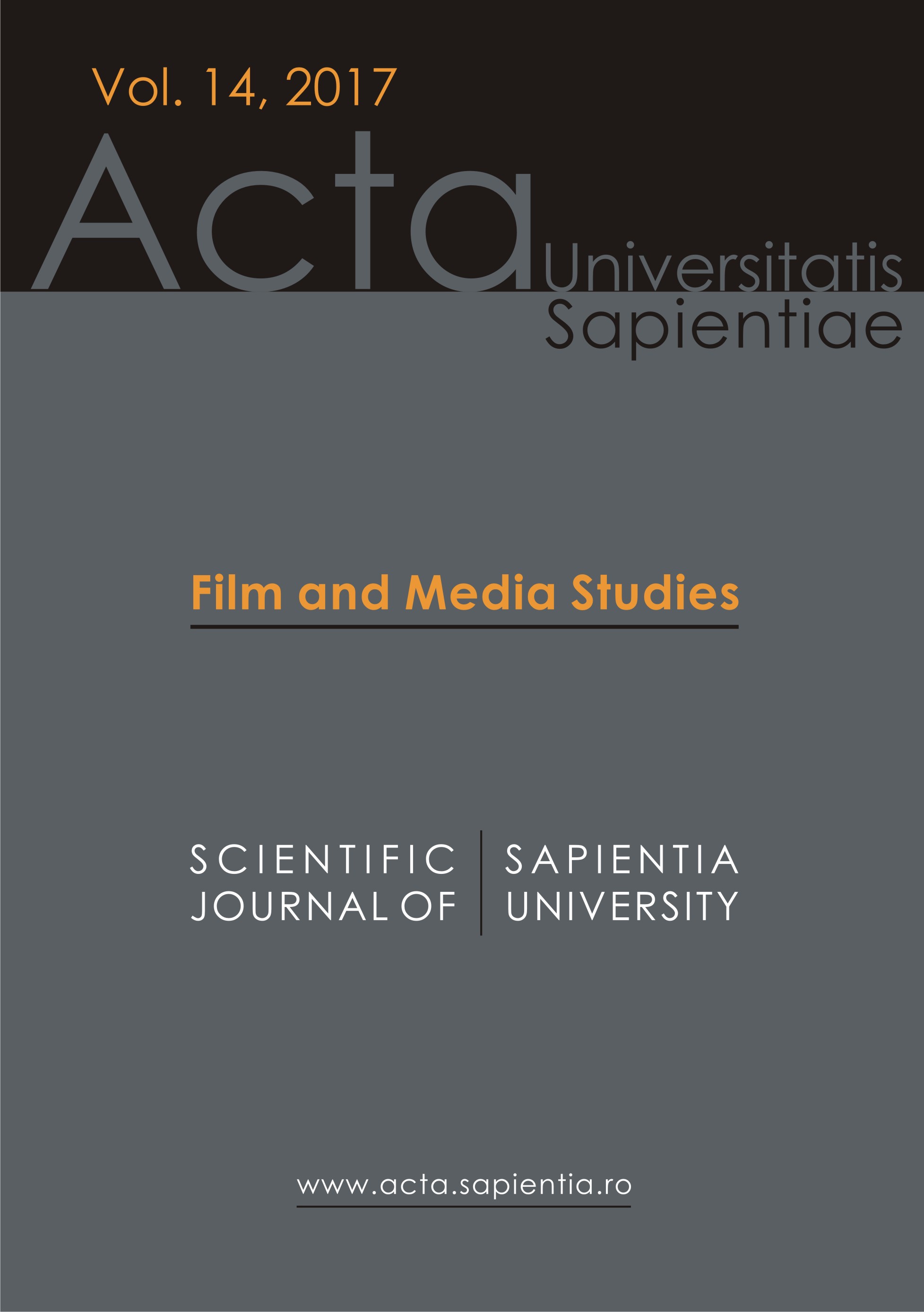Collective Cultural Memory as a TV Guide: “Living” History and Nostalgia on the Digital Television Platform
Collective Cultural Memory as a TV Guide: “Living” History and Nostalgia on the Digital Television Platform
Author(s): Berber HagedoornSubject(s): Fine Arts / Performing Arts, Film / Cinema / Cinematography
Published by: Scientia Kiadó
Keywords: representing and re-screening the past; audio-visual and archival materials; multi-platform television; nostalgia programming and thematic scheduling; cultural memory
Summary/Abstract: Modern audiences engage with representations of the past in a particular way via the medium of television, negotiating a shared understanding of the past. This is evidenced by the increasing popularity of reboots, newly developed history and documentary programming, re-use of archival footage and nostalgia content. This article takes a closer look at television’s abilities to circulate and contextualize the past in the current era of convergence through narrowcasting or niche programming on digital television platforms, specifically via nostalgia programming. Such platforms exemplify the multifaceted way of looking at and gaining access to television programming through a variety of connected platforms and screens in the current multi-platform era. Since the way in which television professionals (producers, schedulers, commissioners, researchers) act as moderators in this process needs to be further analysed, the article places an emphasis on how meaningful connections via previously broadcast history and nostalgia programming are also curated, principally through scheduling and production practices for niche programming – key elements in television’s creative process that have received less academic attention. Furthermore, the article discusses to what extent media policy in the Netherlands is attuned to the (re-)circulation of previously broadcast content and programming about past events, and reflects on television’s possibilities for “re-screening” references to the past in the contemporary media landscape. The analysis is based on a combination of textual analysis of audio-visual archival content and a production studies approach of interviews with key professionals, to gain insight into creators’ strategies in relation to nostalgia programming and scheduling. Subsequently, the article demonstrates how national collective memory, as understood by television professionals in the Netherlands, informs the scheduling and circulation of “living history” on the digital thematic channel – collective cultural memory hence functioning as a TV guide.
Journal: Acta Universitatis Sapientiae, Film and Media Studies
- Issue Year: 2017
- Issue No: 14
- Page Range: 71-94
- Page Count: 24
- Language: English

